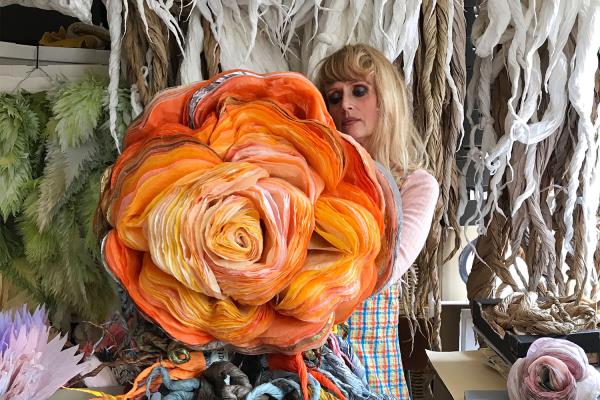In the world of paper art, paper artist and designer Marianne Eriksen Scott-Hansen stands out as a pioneer. Her work, characterized by vibrant, larger-than-life floral installations, is a testament to her creative journey from the world of fashion to an unconventional and awe-inspiring art form. With no formal training in paper art, Marianne’s self-taught techniques and deep-rooted connection to Danish paper-cutting traditions have made her one of the most innovative figures in this medium today. Unlike many artists who adhere to templates or structured approaches, the artist’s creative process is entirely freeform. This intuitive approach allows her to be spontaneous and experimental, working with her material in a deeply personal and organic way. Marianne’s freehand technique has made her a trailblazer in the paper world. She rejects conventional methods, preferring to invent her own. “I don’t like to use techniques I have learned from others. I want to invent my techniques,” she explains. This inventive spirit fuels her creativity and sets her apart from other paper artists.
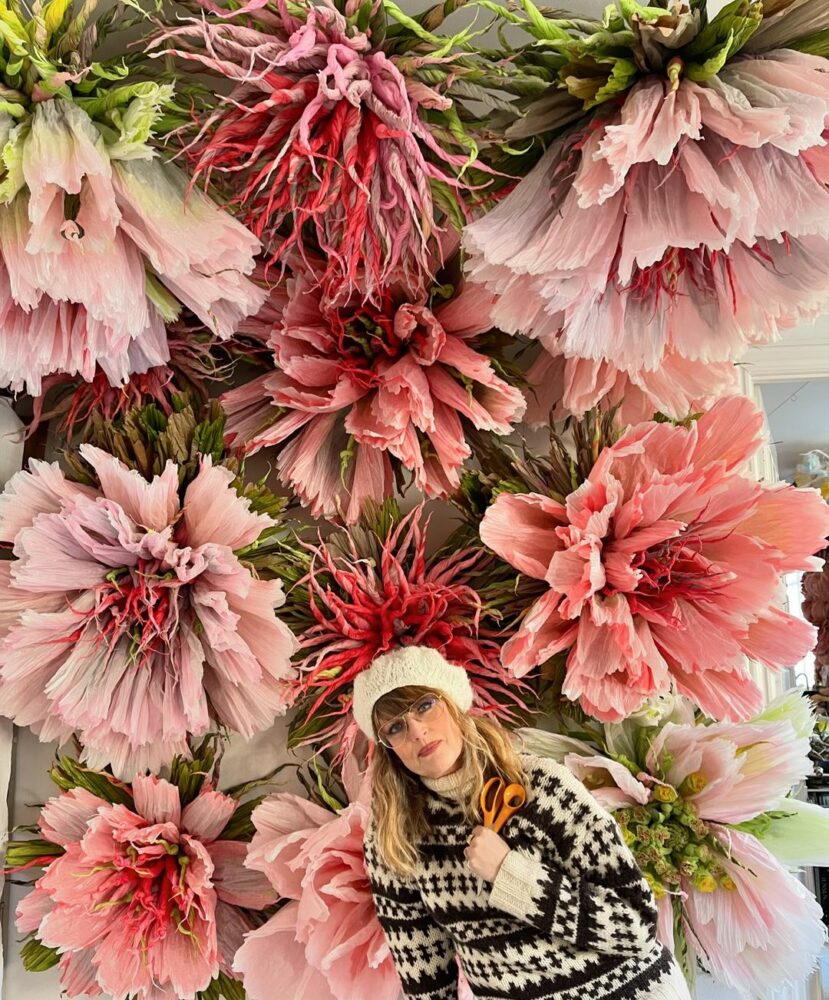
I wanted to experiment and find my true source of creativity, my purest form of creative joy.
Marianne’s artistic evolution began in the fashion and textile industry, where she worked as both a designer and freelancer. But despite her success, she yearned for a more personal and fulfilling creative outlet. Fashion, with its inherent mass production and synthetic fabrics, began to feel limiting. “I wanted to experiment and find my true source of creativity, my purest form of creative joy,” she has said.
Marianne’s transition from textiles to paper was gradual but natural. Techniques she had mastered in fashion, such as draping, folding, and braiding, transferred seamlessly to her work with paper. Tissue paper, with its delicate yet malleable qualities, became her medium of choice. The material allowed her to explore her love for natural forms and organic processes. Her connection to paper also reflects her desire to work with materials closer to nature, contrasting the industrial elements of the fashion world.
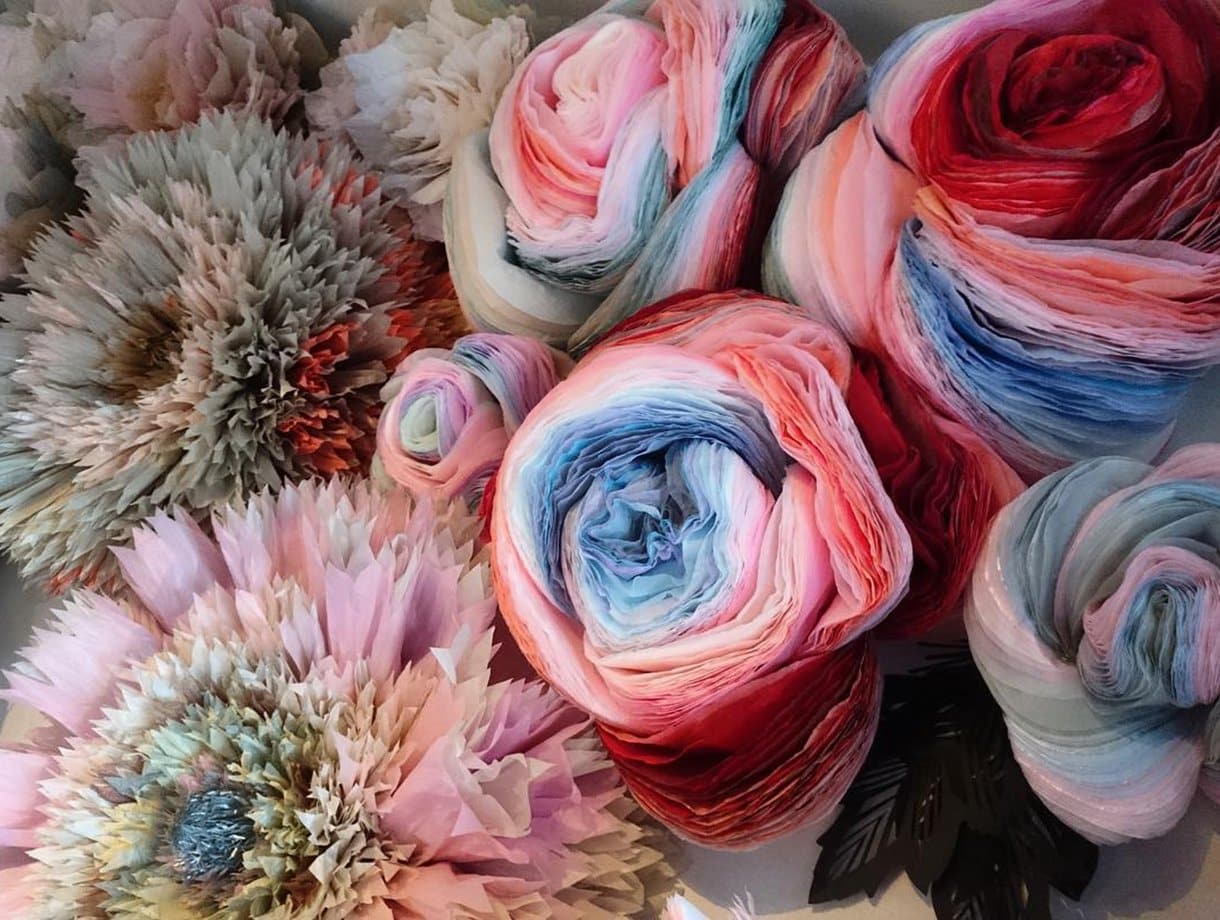
The tradition of Danish paper art continues through her, but with a fresh, contemporary twist that reflects her vision.
The creative’s passion for paper cutting is also tied to Denmark’s long-standing tradition of working with paper. Historically, rural communities in Denmark engaged with this medium as a form of artistic expression, using what was available — paper and color. This folk art tradition, exemplified by the famous works of Hans Christian Andersen, resonated deeply with Marianne. It represented a kind of creativity born out of necessity and simplicity. “I wanted to work with materials that are closer to nature,” she reflects, aligning herself with the centuries-old Danish practice of using humble materials to create beauty. Her sculptures, while modern and avant-garde, are grounded in this rich cultural heritage.
One of the most striking aspects of Marianne’s work is its scale. Her installations are often monumental, with massive blooms crafted from thousands of sheets of paper.
These paper sculptures, inspired by real-life flowers like peonies and dahlias, fill entire rooms by almost exploding from floor to ceiling. The textured, twisted, and creased paper is shaped into fantastical floral forms, with intricate details in the pistils and stamens that evoke both realism and whimsy. The vibrant colors and patterns she incorporates add an element of fantasy to her creations, transforming any space into a lush, indoor garden. Her pieces, often commissioned for exhibitions or high-profile installations, challenge the viewer’s perception of paper as a simple, everyday material. Instead, through the artist’s hands, paper becomes a powerful medium capable of creating life-sized, immersive environments.
Today, Marianne continues to push the boundaries of what can be achieved with paper. Her work serves as a reminder of the beauty that can be created from the simplest materials when driven by passion and an unwavering commitment to originality. Through her hands, paper blossoms into more than art — it becomes an experience.
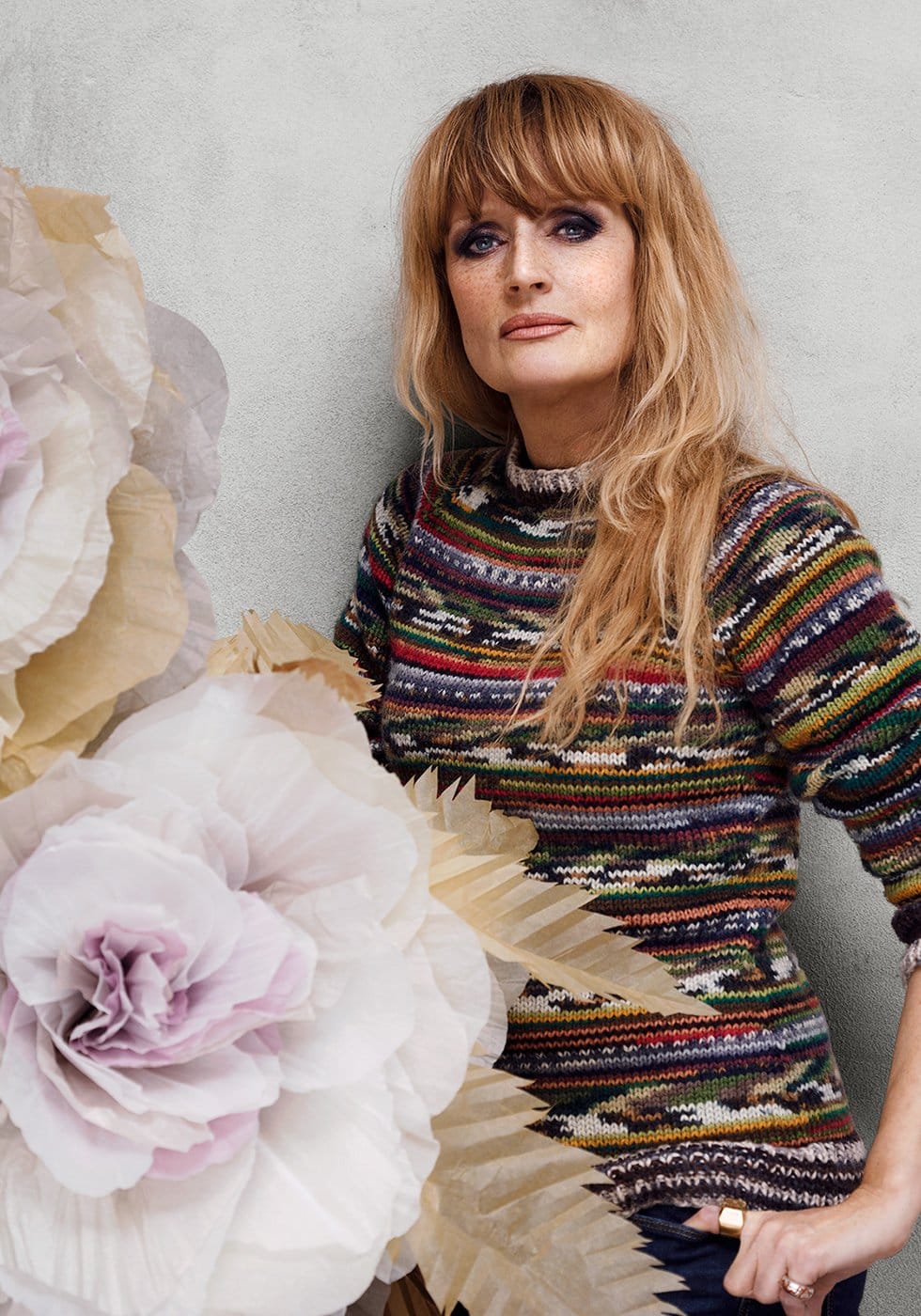
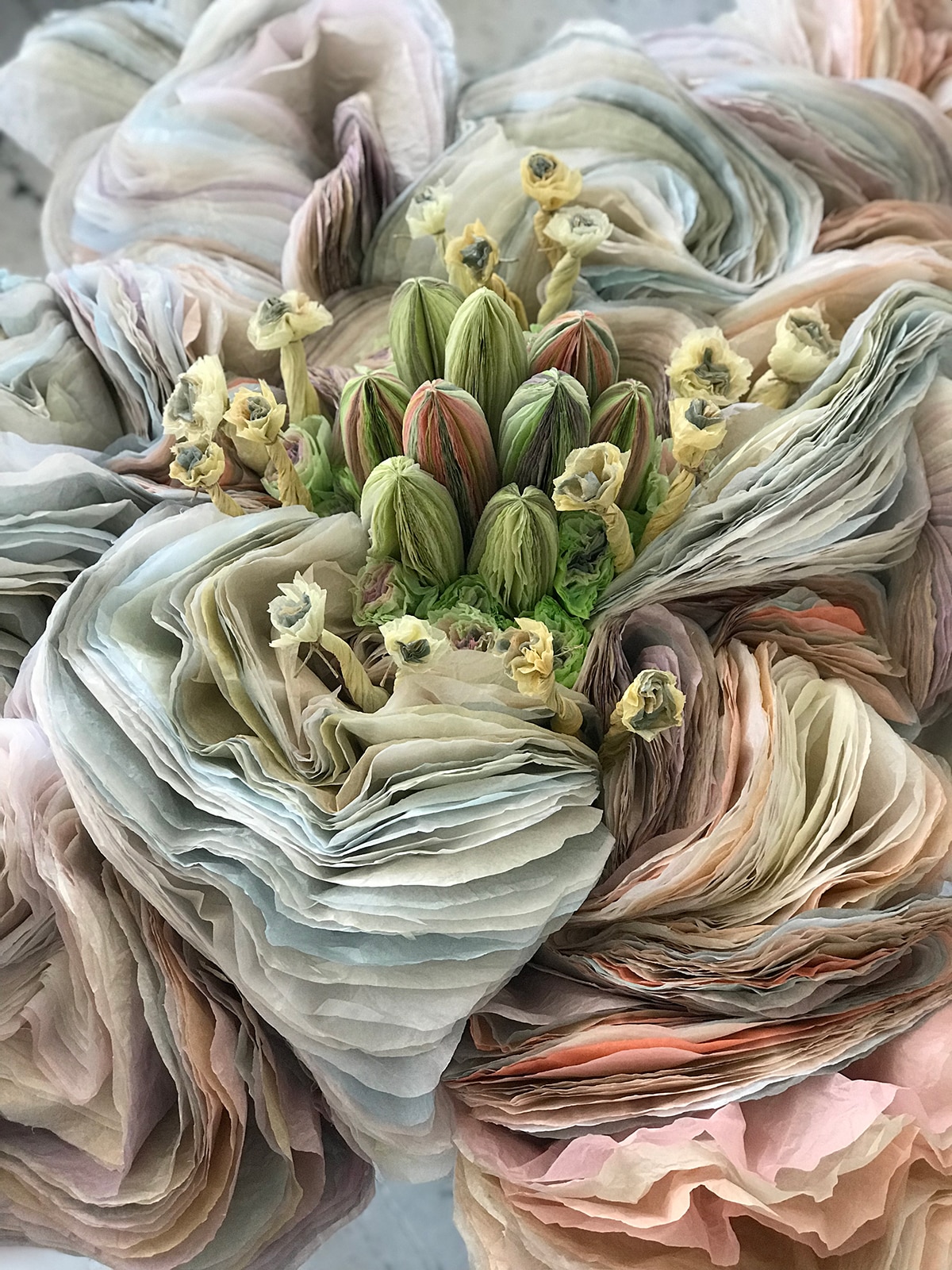
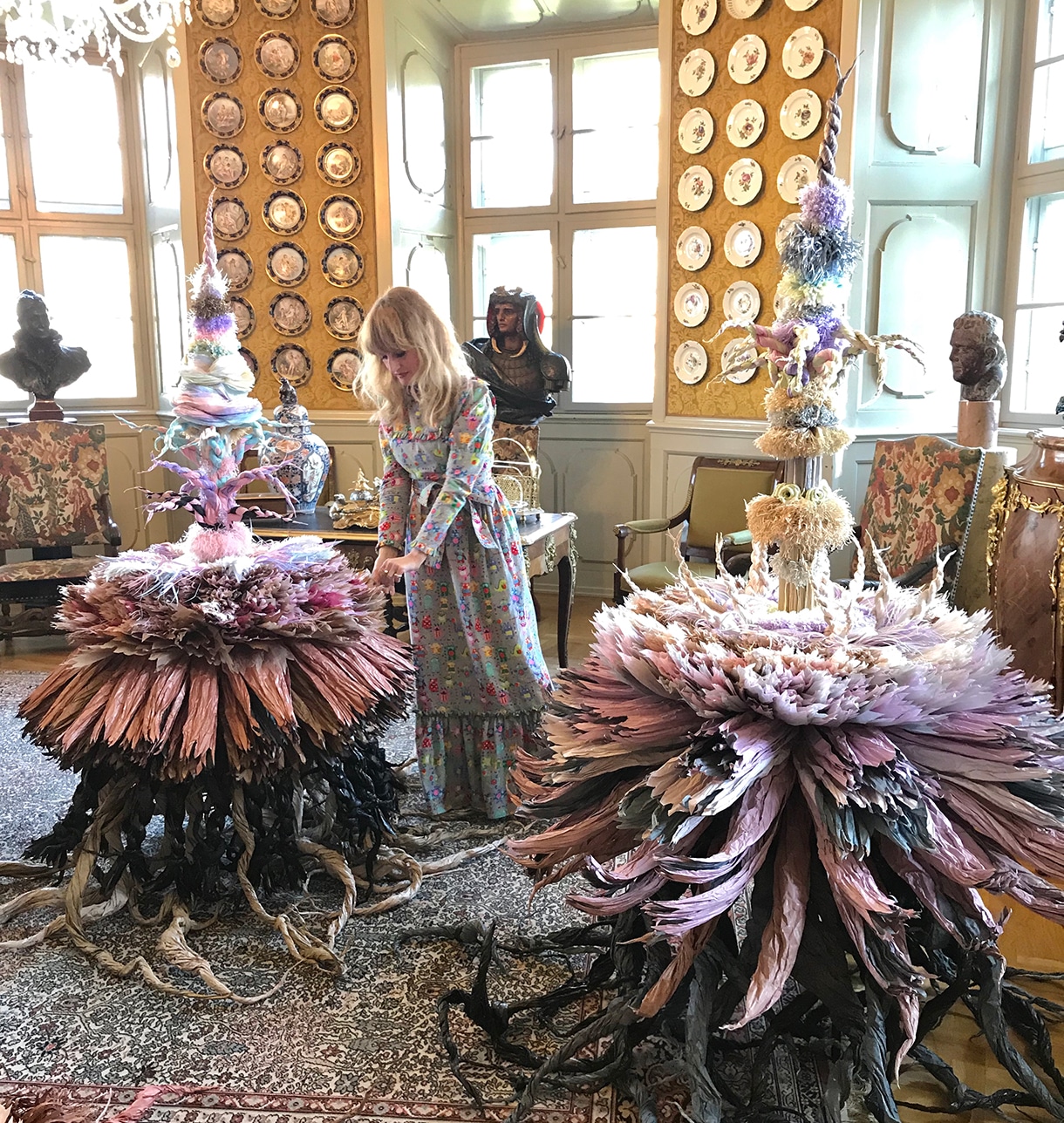
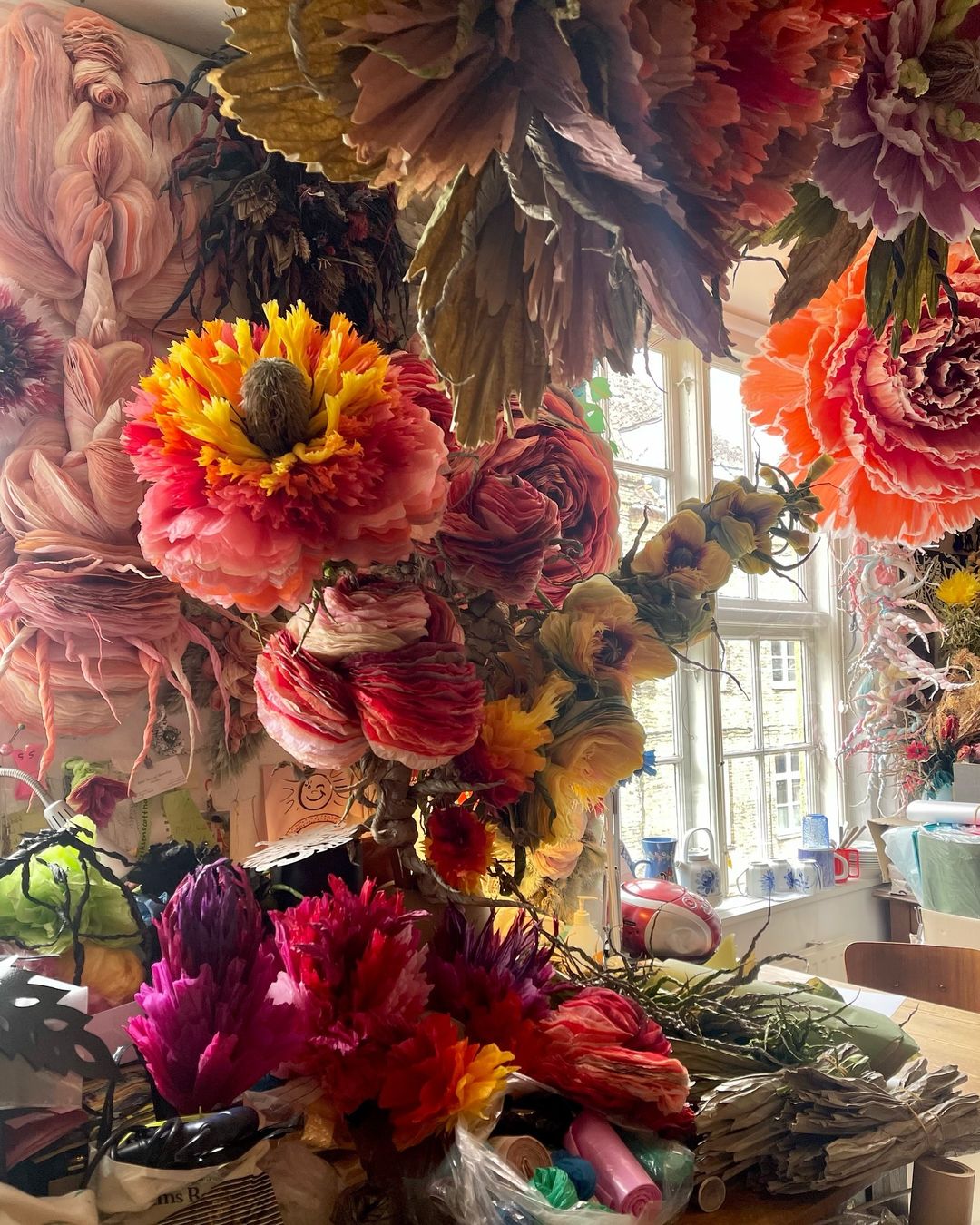
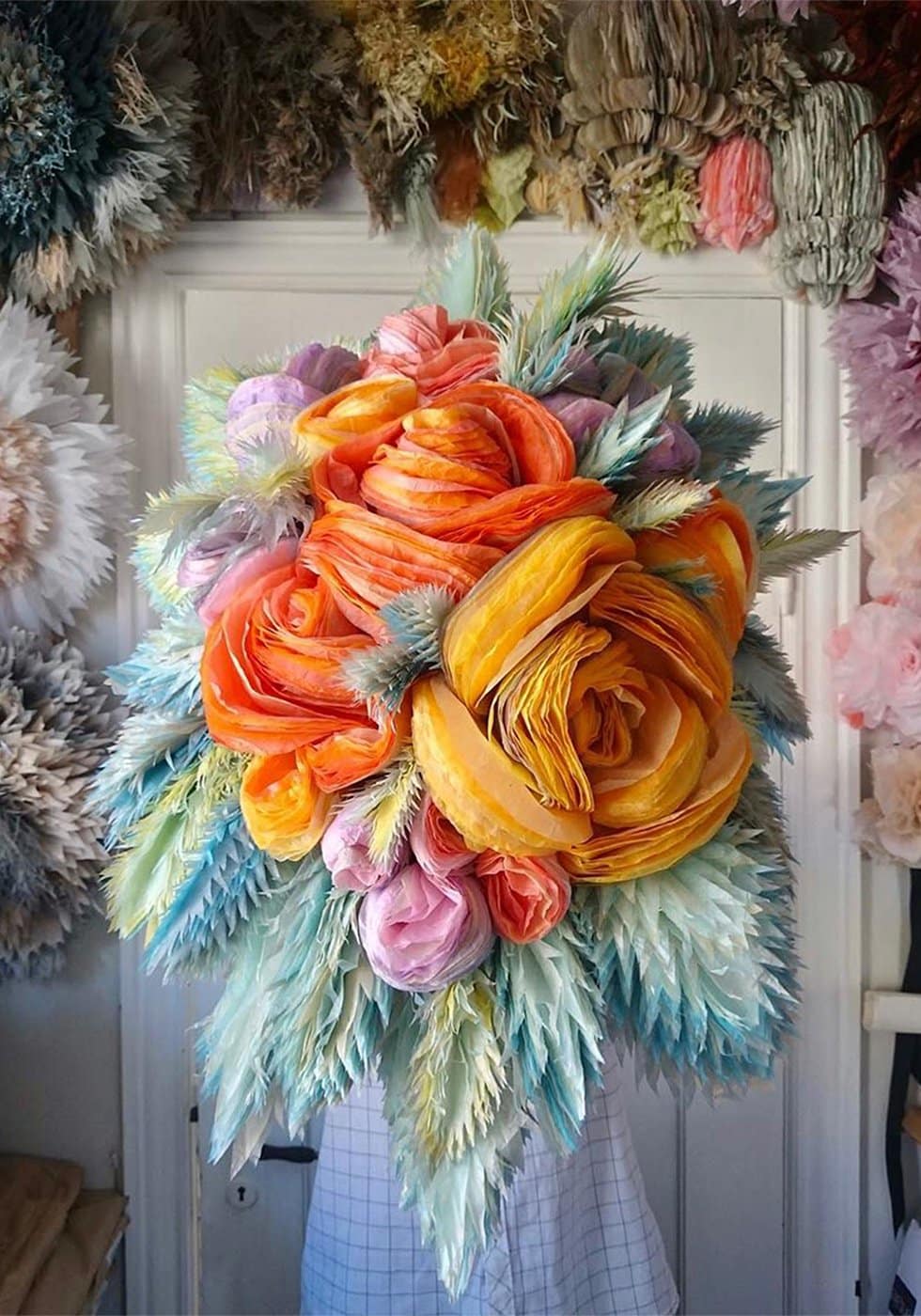
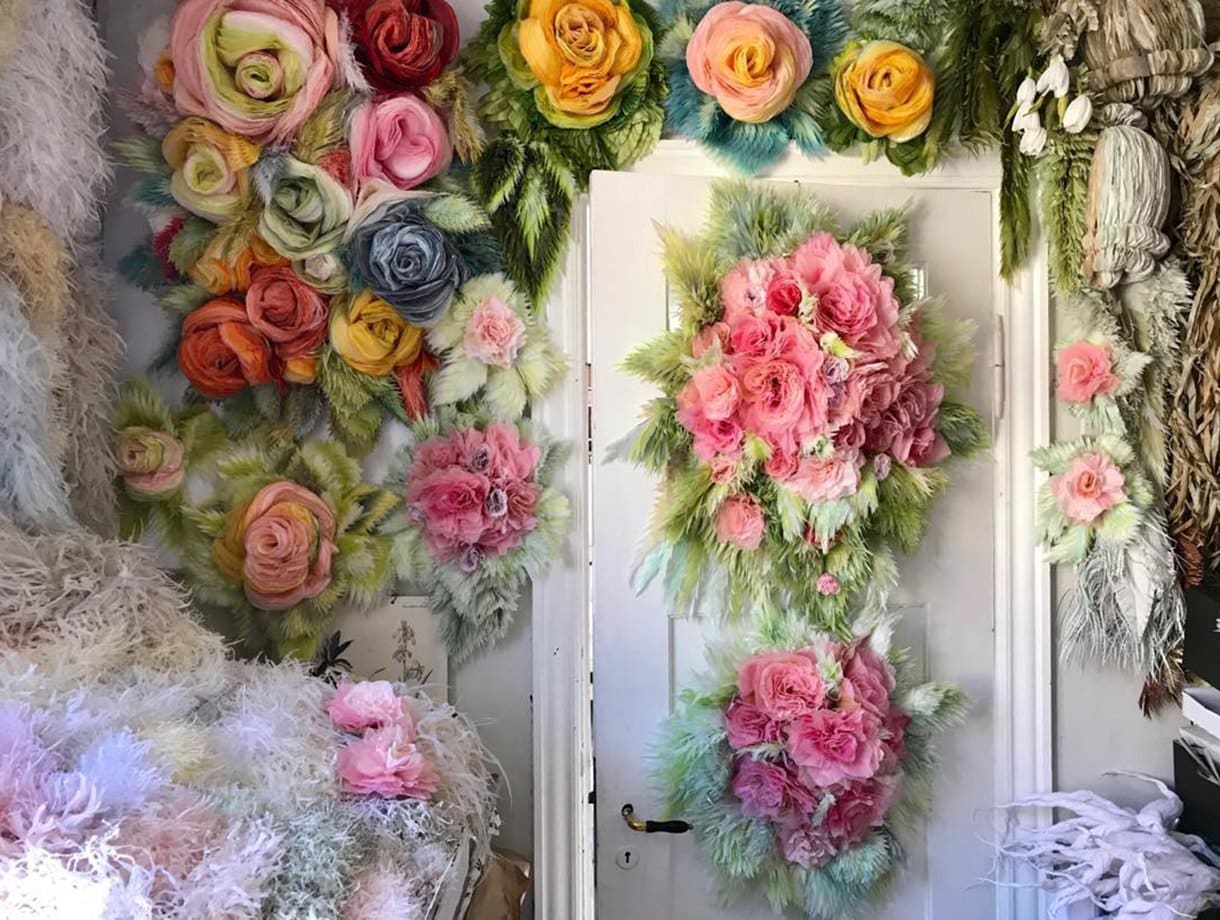
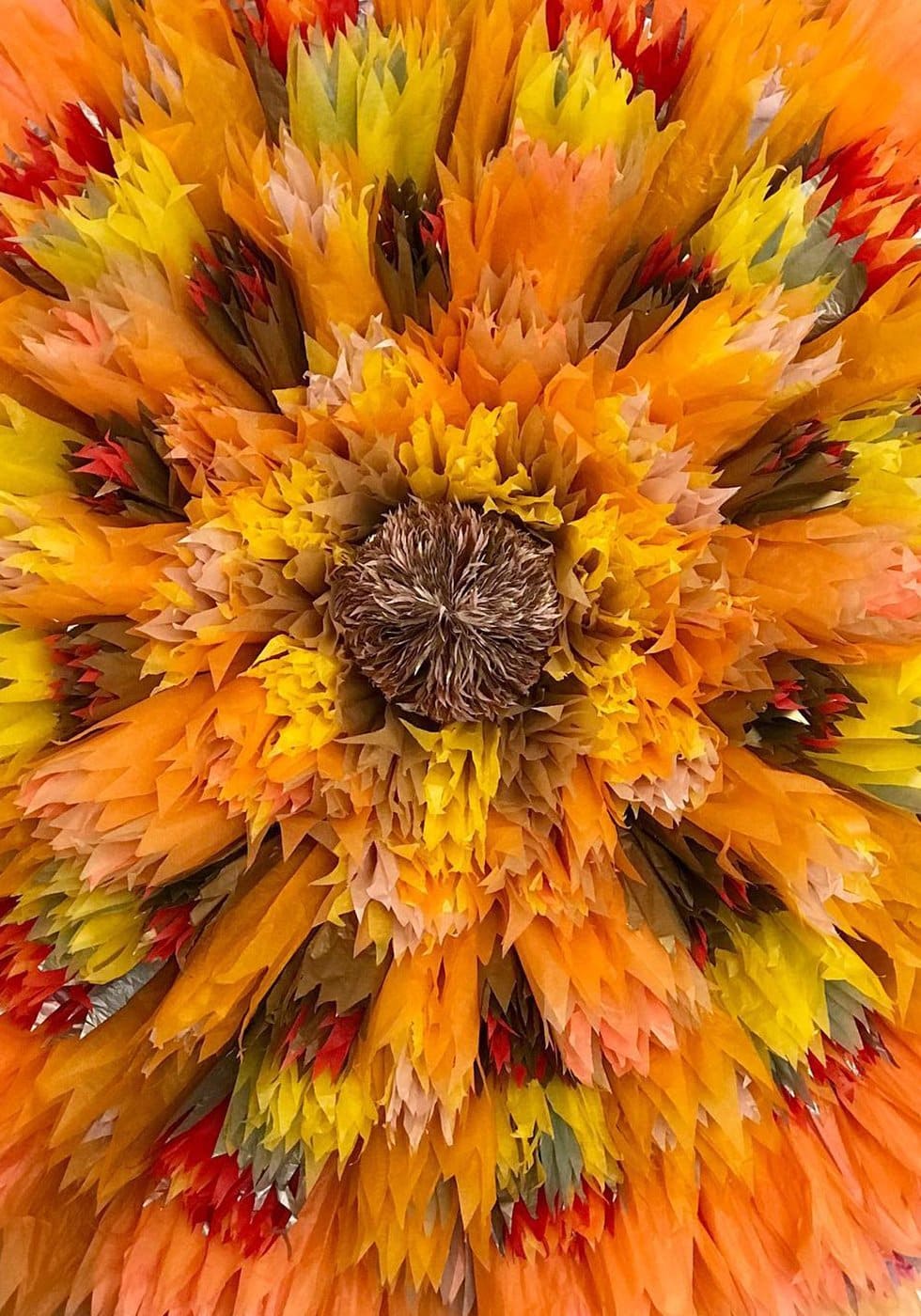
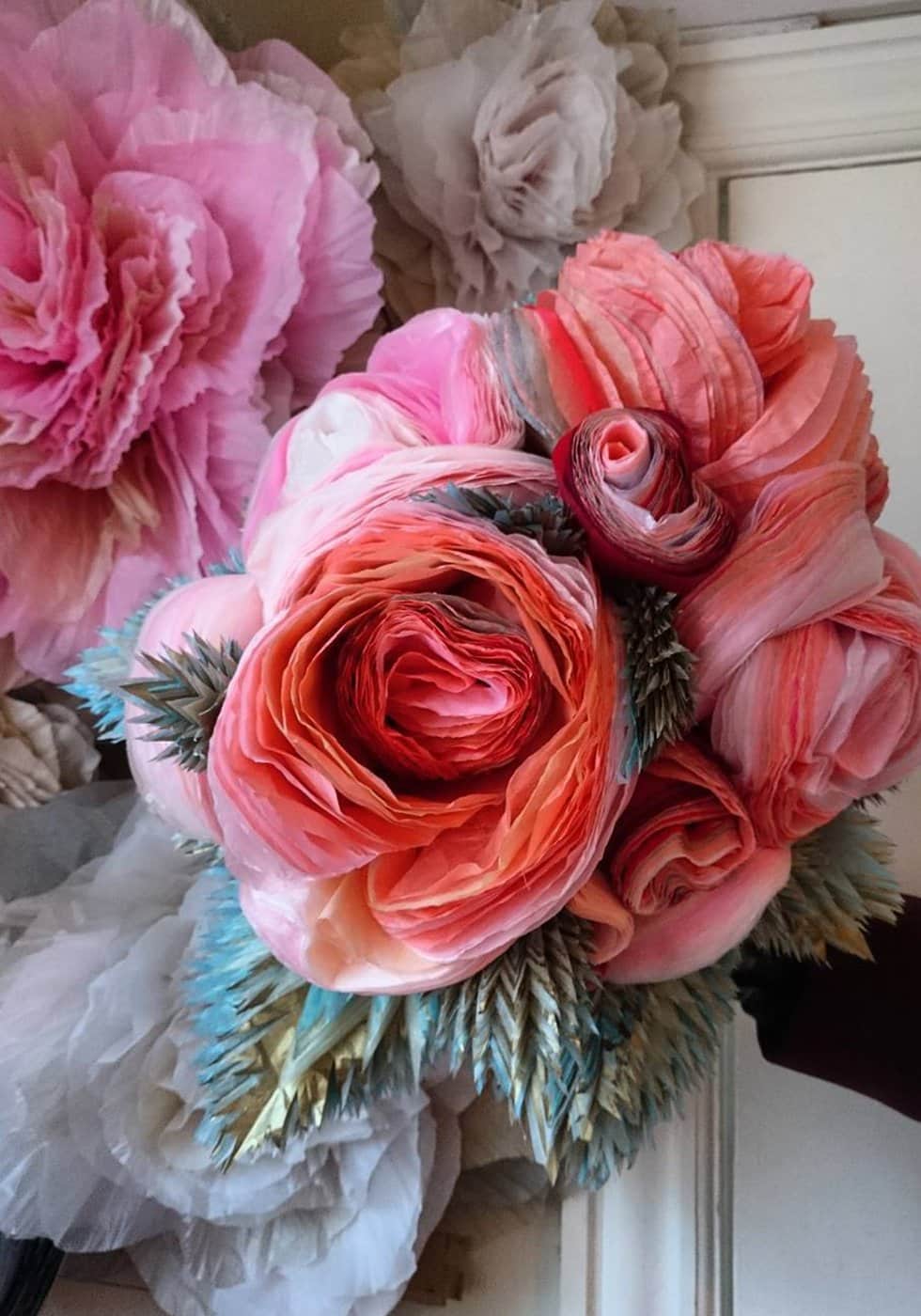
Images © Marianne Eriksen Scott-Hansen

